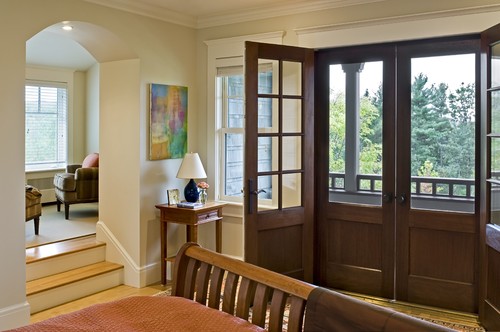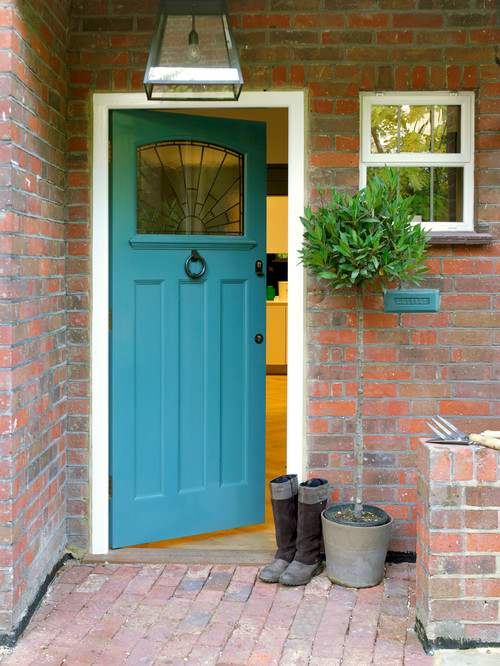Draught proofing doors isn’t as straightforward as most homeowners assume.
A lot can go wrong, leaving you with an unsightly draught seal around your door that doesn’t even do the job.
Whether you are having a professional install draught proofing to stop cold air from coming through your door or you are doing it yourself, you want to watch out for these common mistakes.
Getting the Measuring Wrong
When you purchase a draught seal to install in your door yourself, you’re likely going to have to trim the seal itself to get a proper fit.
This isn’t so tough if you use a foam material to stop the draught from coming through the door, although keep in mind, foam is a temporary solution and won’t give you a complete seal. But, with metal, PVC, rubber or wood, you’ll need to get an accurate measure, and an even more precise cut.
When you have to use a heavy-duty saw or another tool, precision is easier said than done. Then, you may end up with a piece that’s a couple of millimetres too long – making it difficult to open or close your door. Or, too short, leaving you with an open space for those cold air currents to keep coming in.
Guess what?
You’re not going to see your energy bills go down if the draught is still coming through the door.
Ruining the Aesthetics of Your Door with Draught Proofing
Another common error you don’t want to make, especially when draught proofing the front door, is to make your door look clunky, doctored, and in general, unappealing. Your front door is the first impression of your home, after all, and it’s a sight you have to live with daily.
Let’s face it. Draught sweeps look strange and nailing aluminium, PVC, or another type of seal to your floor and around the edge of your door leaves you with a haphazard, cluttered look.
And, if the draught proofing isn’t flawless (it usually isn’t when tacked on to the outside of the door), you’ll still have the high energy bills and a front door you can’t stand to look at.
What a lot of homeowners don’t realise is that you don’t have to ruin the look of your door.
We encase draught seals within timber and then machine the seal into the door with special tooling. As a result, the seal becomes a part of the door. You don't even notice it's there.
Not Using the Best Draught Proofing Material
Wood, metal, brush seals, PVC, rubber, foam – the material you use will impact the quality of the seal and how much of the air current you successfully stop.
Through years of draught proofing when retrofitting doors and windows, we’ve found that, hands down, silicone rubber achieves the best results.
When draught proofing external doors, rubber will create a more complete thermal seal. It also helps to block out some noise pollution, giving you a quieter, more comfortable home.
We always use rubber seals where possible because they work the best. Machined into the wood of your door, you get optimal draught proofing results and a beautiful looking door.
Overlooking the Details of Your Door
One of the most important draught proofing tips to follow is to focus the job around the unique characteristics of your home.
For example, if your floor under the door is...
- cracked;,
- bent;
- if the door itself has become bowed; or
- if there are any imperfections;
then you need to account for them, or you’ll still have cracks and gaps for the draughts to flow through.
You could also have problems with the door getting stuck because the seal is too tight, which can damage your flooring over time with some seals.
A common problem we see in Australia is doors that have a concrete front-door seal, which can settle and dip in the middle. If you put a straight seal on, it only seals properly at the two ends, but not in the middle. So, what we do is, we scribe the door, making the bottom the same shape as the seal.
Then, we custom-fit a draught seal that forms the exact shape of the bottom of the door. That’s the only way you can get a perfect seal and all that comes with it – you stop the draught completely, preserve the integrity of the door, and, the best part, you’ll notice your energy bills go down from the draught proofing. Which is the biggest reason for draught proofing your doors in the first place.
Draught Proofing that Works
Get it right, and draught proofing can cut your energy bills by up to 25%.
Be aware of these common mistakes so you can avoid them. With the right draught proofing, you’ll get the results you want.








